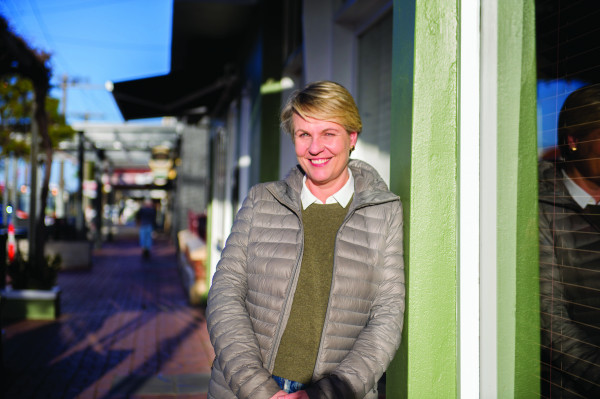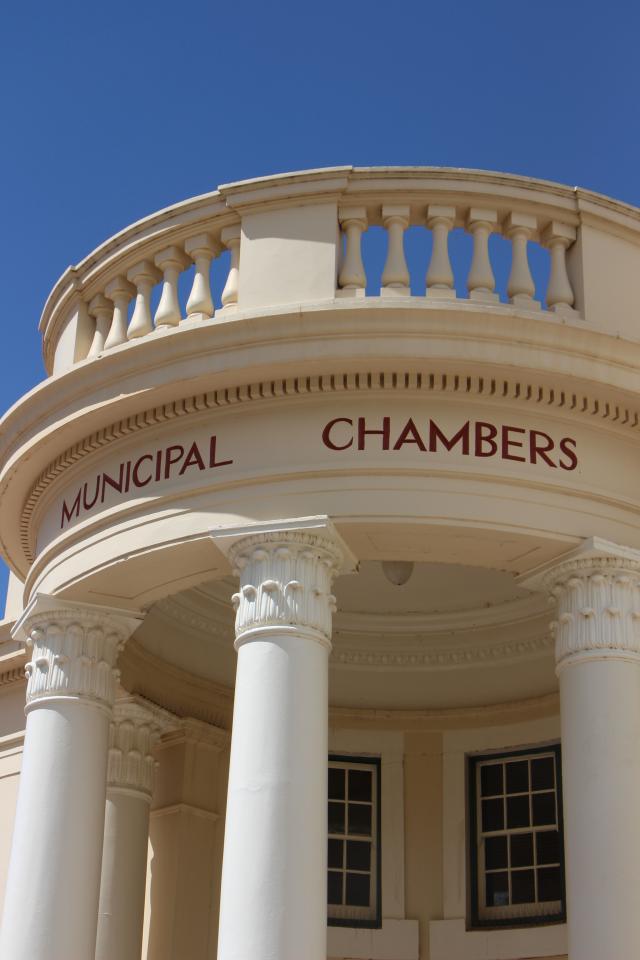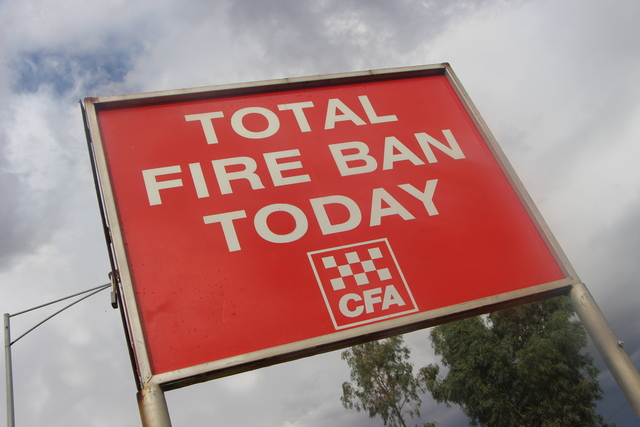THE Murray-Darling Basin Plan has been described as a “next to impossible” goal by the federal Environment and Water Minister, Tanya Plibersek, in a national address.
Ms Plibersek, who on Tuesday released the 2021 State of the Environment report, said she was “gobsmacked” when she realised “how badly” the country was going at meeting all targets set out in the Murray-Darling Basin Plan.
“I have to confess – perhaps I should have known – I didn’t know how far behind we were on meeting those environmental flows until I took on this portfolio,” she said.
The plan initially signed off in 2012, agreed to recover 2750GL of water by 2024, with an additional 450GL to be recovered for the environment, through efficiency measures. Of the additional water, only 2GL of the 450GL has been achieved.
In her address to the National Press Club, Ms Plibersek described the Murray-Darling Basin as a “serious area of reform” for her government. She said she has spoken to all relevant water ministers about the importance of working together to deliver the targets set out in the Basin Plan.
“We are going to have to lift our game as a Commonwealth negotiating with the states,” Ms Plibersek said. “And the states will absolutely have to lift their games.”
The State of the Environment report was completed in December 2021, but the former Environment Minister and now Deputy Opposition leader, Sussan Ley, refused to release it before the election.
Ms Plibersek said the report is a “confronting” read and tells “a story of crisis and decline in Australia’s environment, and of a decade of government inaction and wilful ignorance.”
The report describes the importance of a healthy Murray-Darling Basin, which is home to 16 internationally significant wetlands, 35 endangered species and 98 different species of waterbirds.
Basin rivers and catchments are reported to be “mostly in poor or very poor condition” with native fish populations declining by over 90 per cent during the past 150 years. It further stated that in 2019, the Murray Darling Basin had the lowest water levels on record.
Although the report noted that the 2020 Basin Plan found there had been a “positive impact” over the seven years it has been implemented, the report also criticised “major shortfalls” in restoring river flows to wetlands and the very limited monitoring showed mostly “temporary, localised positive responses”.
Although Ms Plibersek said six weeks was too soon into her new role to “start ruling things in or out”, she promised to formally respond to the Graeme Samuel environmental law review by the end of the year with implementation expected next year.
Ms Plibersek said that Australians voted to protect the environment because it “feeds our national soul” and that Australia’s sense of itself is “bound up in the health of our land and our water”.
“Australians know how lucky we are to live in this country. It’s the feeling that you get when you are coming home after a time away. You see it with fresh eyes and fresh appreciation,” she said. “The crystal blue sky, clearer than anywhere else in the world. The glimmer and sparkle of Sydney Harbour. The long green stretches of national park bordering our cities. The perfect ring of beaches that meet the sea or the corrugated red ridges of Central Australia.
“Every time, that same feeling – that feeling of home stirring inside of us. That’s our natural heritage, that’s what we’re committed to protecting.”







